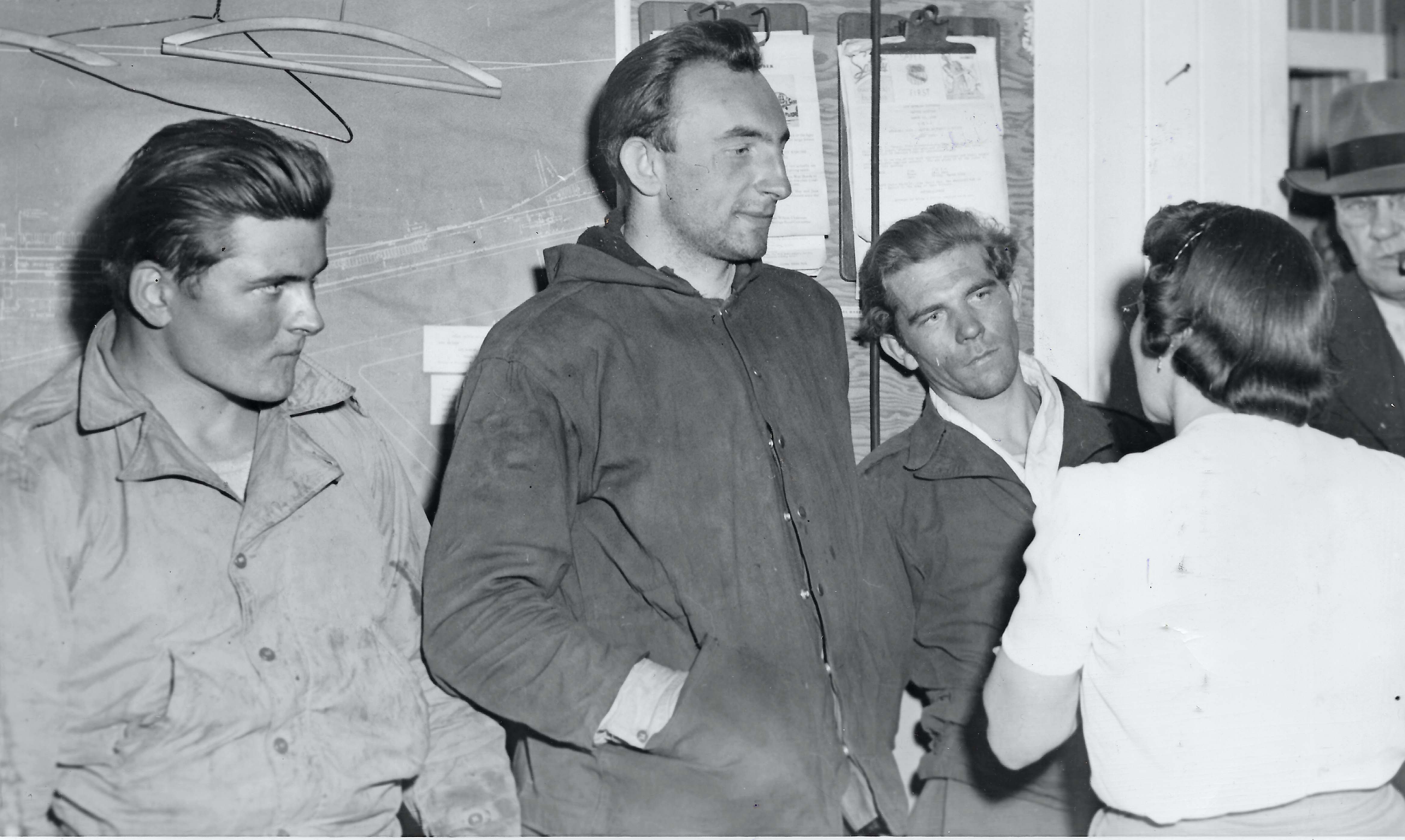
The Prisoner of War Camp located in Chino, CA (now known as the Chino Fairgrounds) consisted of an unknown portion of an approximate 30 acre parcel in San Bernardino County. Currently, most of the property is owned by the Chino Fairgrounds Board of Directors and used as a fairgrounds for such activities as weddings, rodeos, shows, etc. The military moved into the site (which had previously been a camp for housing laborers working on WPA projects in the Chino area) in early 1942 and vacated the property sometime after 1945.
The California State Guard took control of Camp Chino on 13 February 1942. Initially, elements of the California State Guard's 1st Quartermaster Regiment occupied the property. It was also garrisoned by elements of the State Guard's 4th Regiment who used the camp as a training center, During this time the installation was evidently known as Camp Ayers or simply, Chino Supply Depot. Camp Ayers was named for sixty-year-old California State Guard Sergeant Henry B. Ayers died of a heart attack at the wheel of the Army truck he was driving while hauling ammunition at the height of the panic during the "Battle of Los Angeles" on the night of 24 February 1942.
Eventually, the State Guard departed and farm laborers were quartered at the camp.
In October 1944, a German POW camp was established at the camp. Initially the camp reported through Camp Cooke and housed as many as 500 prisoners. Most improvements including barracks, mess hall, and power plant were already present when the army arrived. In April 1945, the camp became a sub-depot to the Pomona Ordnance Depot. An explosion and fire occurred in a quonset but somewhere on the site in May 1945. The newspaper article relates the difficulties of the firefighters as they encountered gas bombs, hand grenades, and small arms ammunition stored inside the activities of the sub-depot.
In 1956, the property was sold to the San Bernardino Junior Fairgrounds and established as a fairgrounds. An approximate 10 acre parcel was sold to a private party and is currently used for storage of heavy equipment. The rest of the property has been continuously used as a fairgrounds since 1956.
Source: US Army Corps of Engineers, History of the California State Guard
